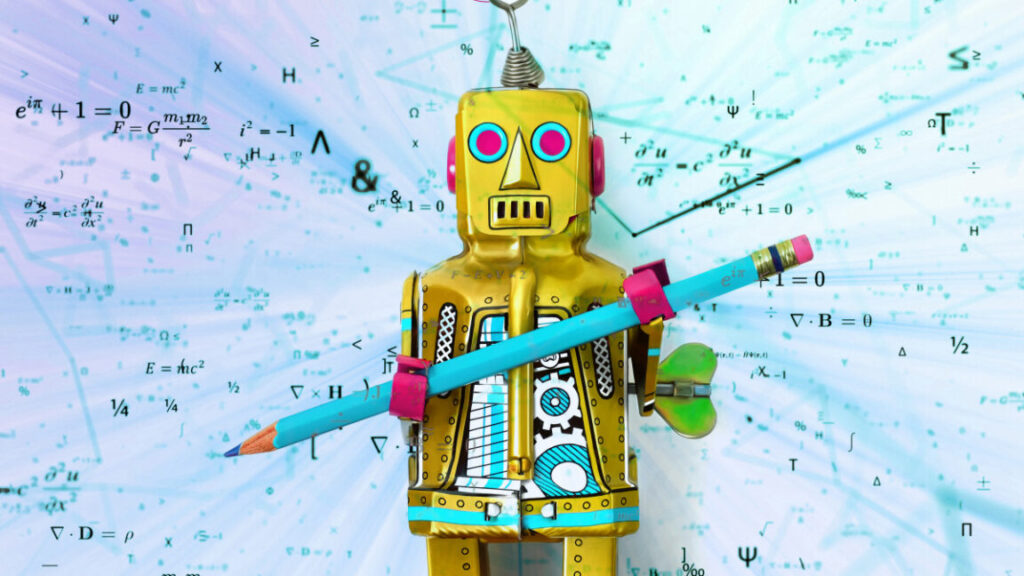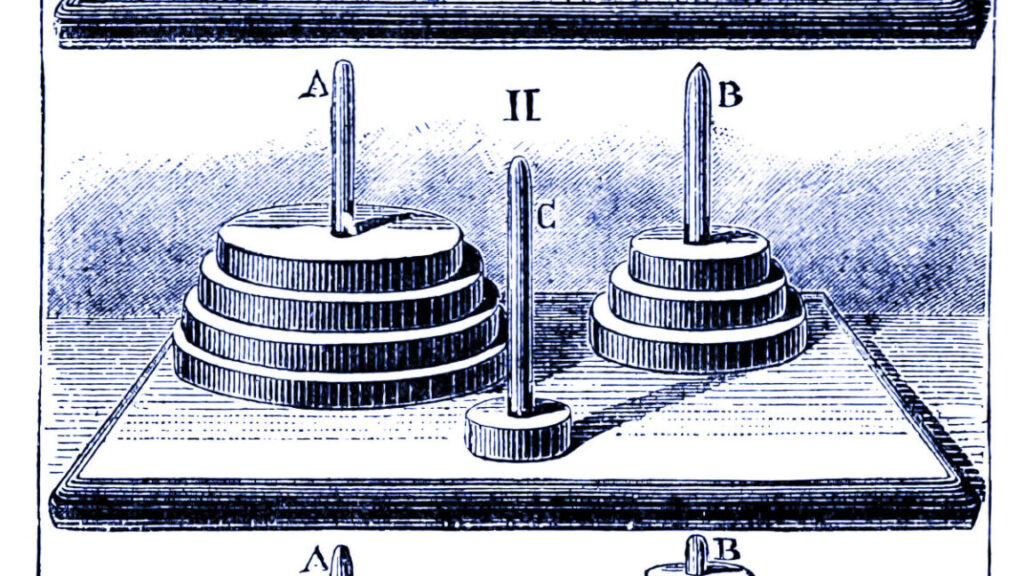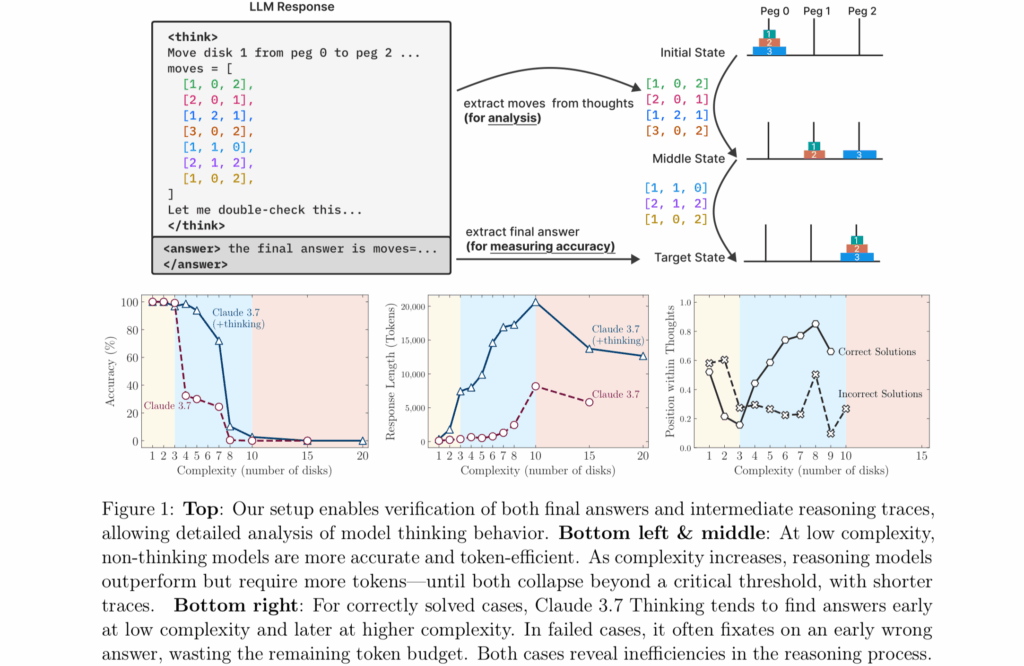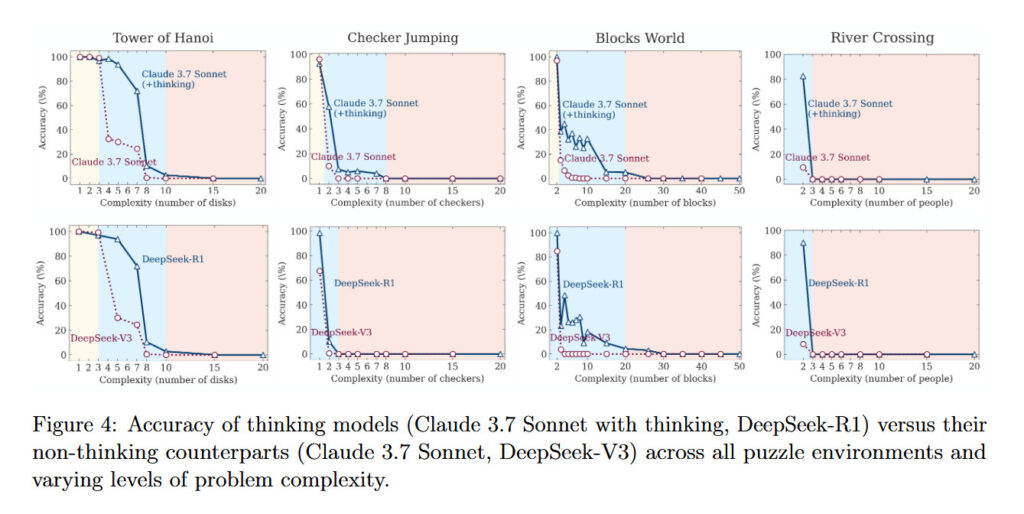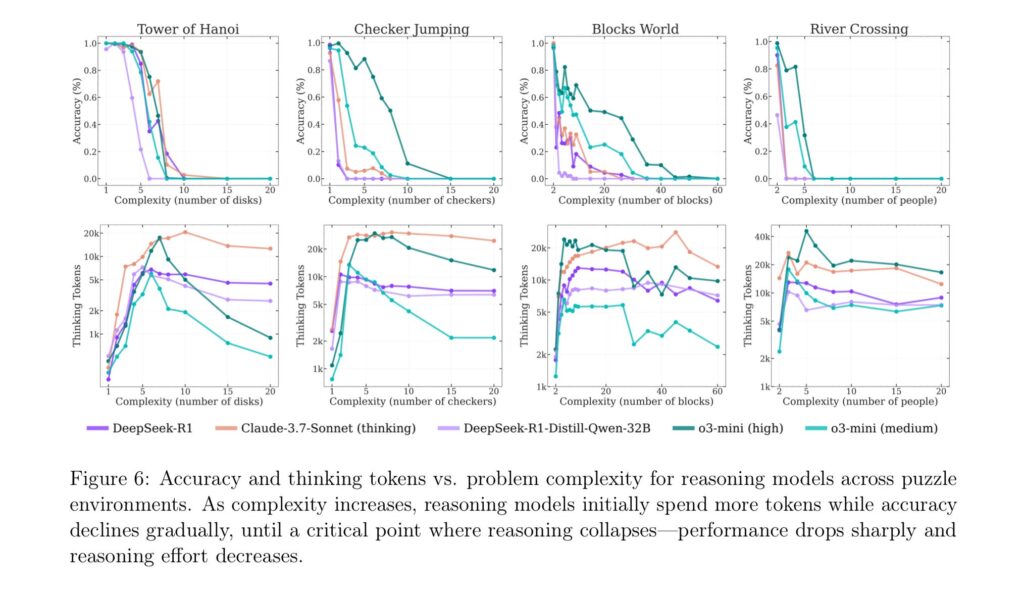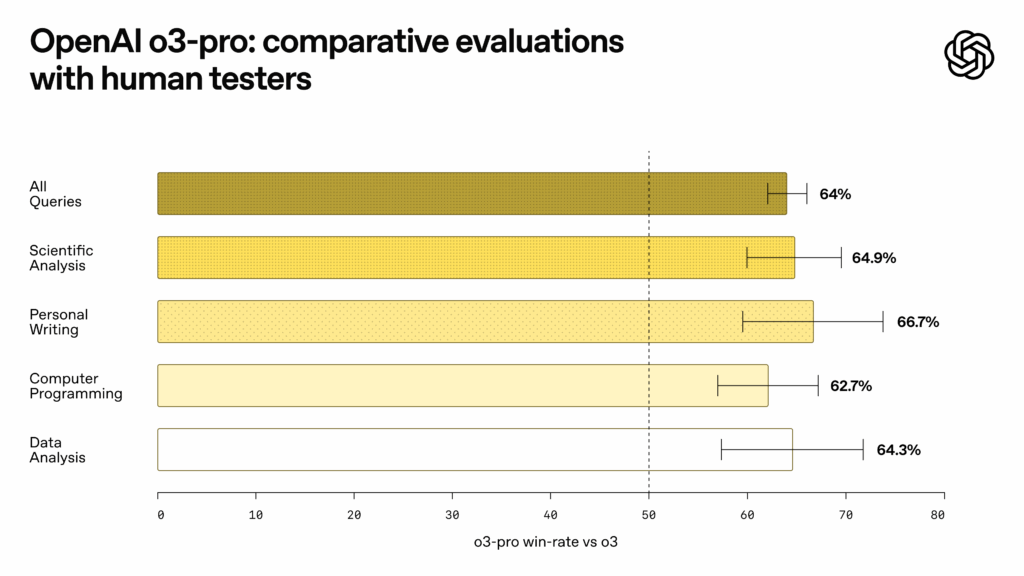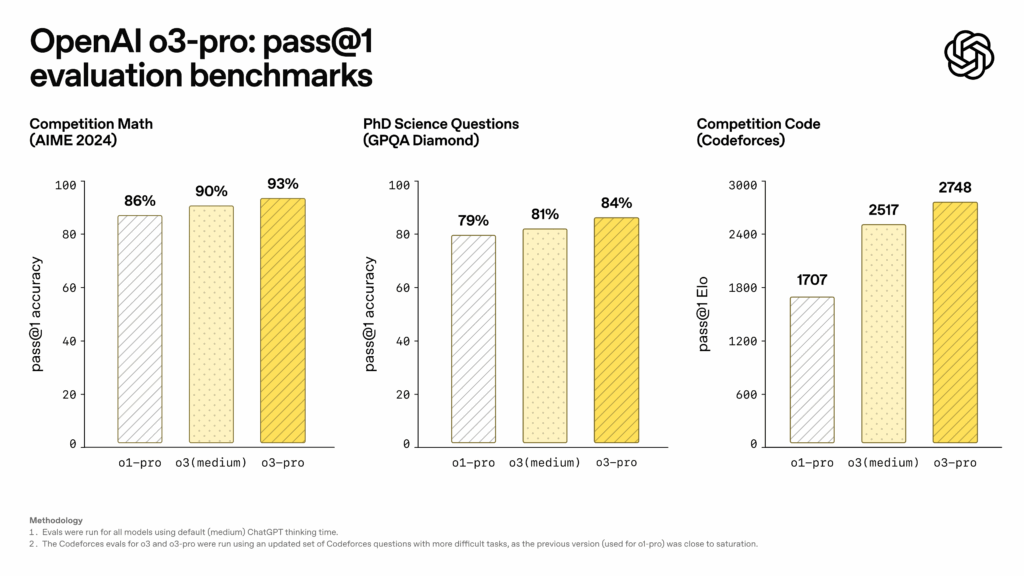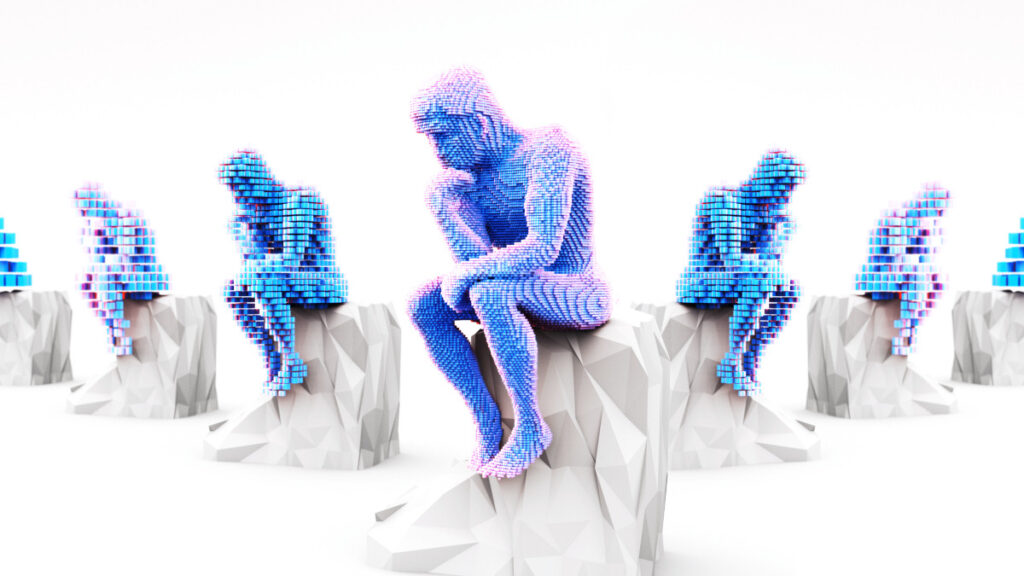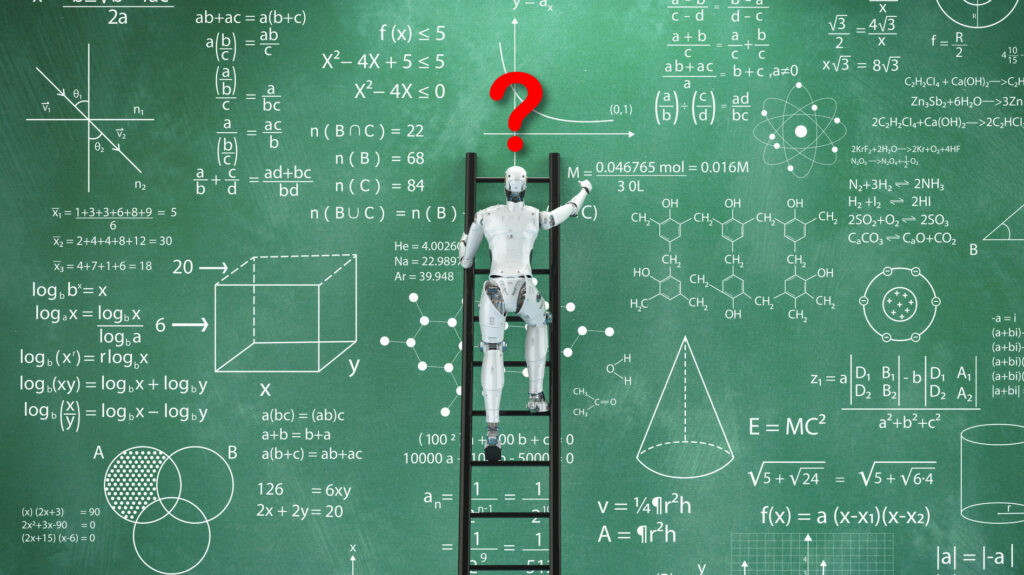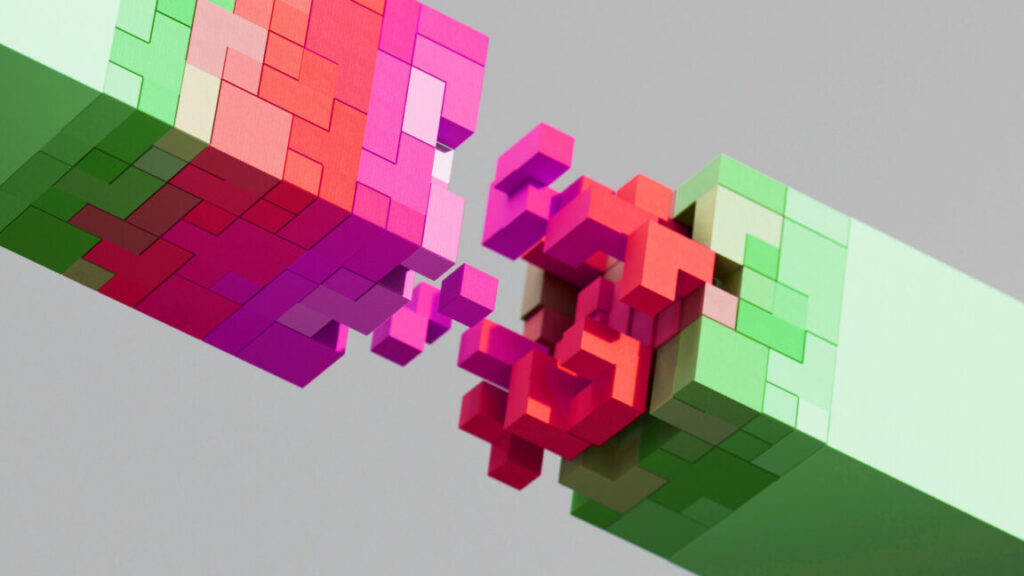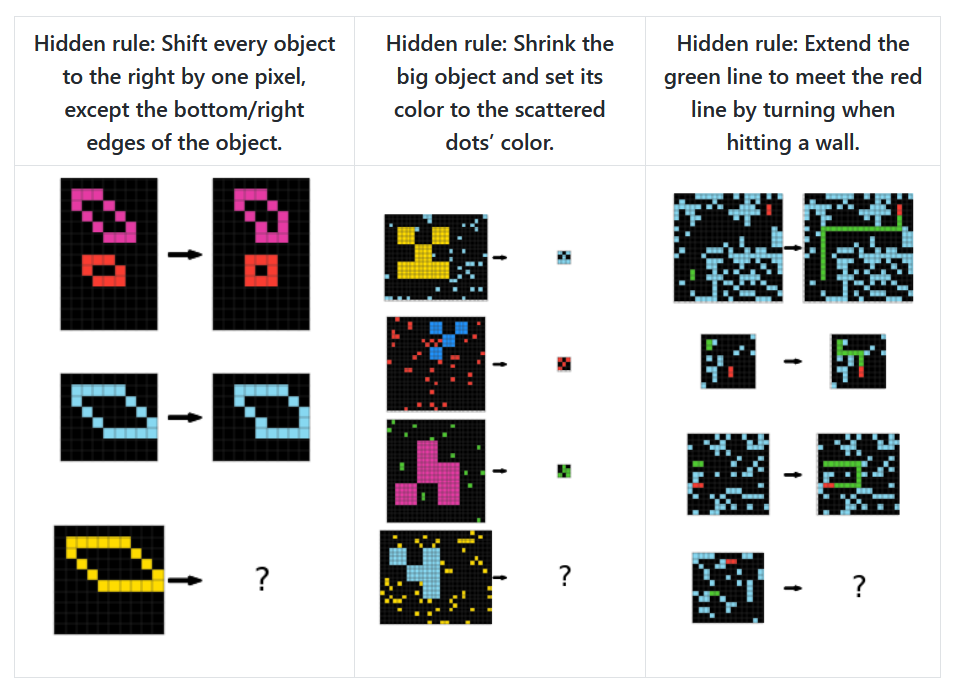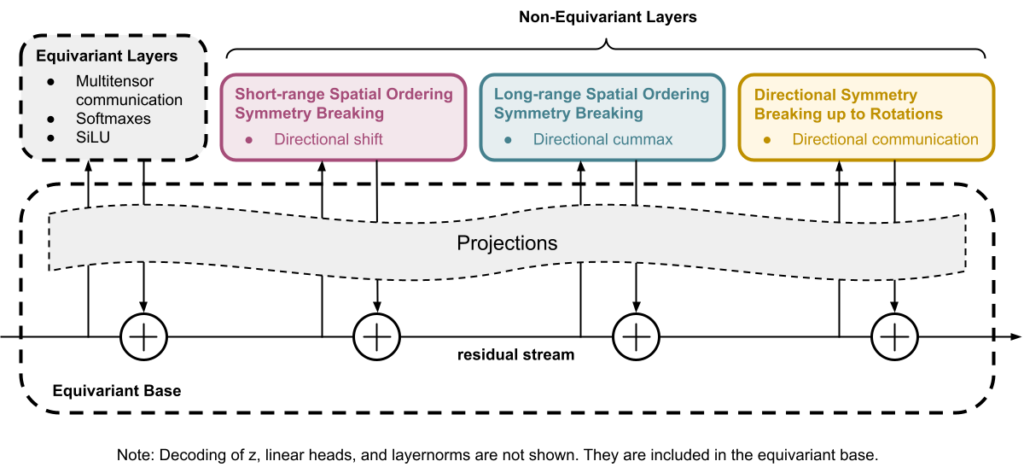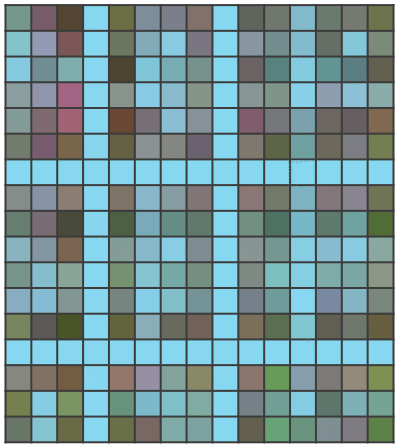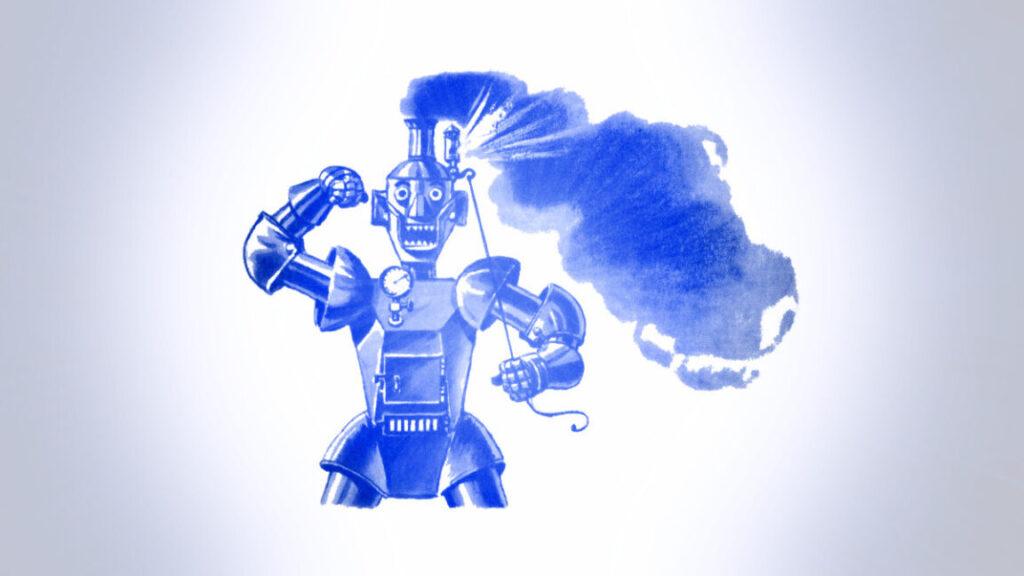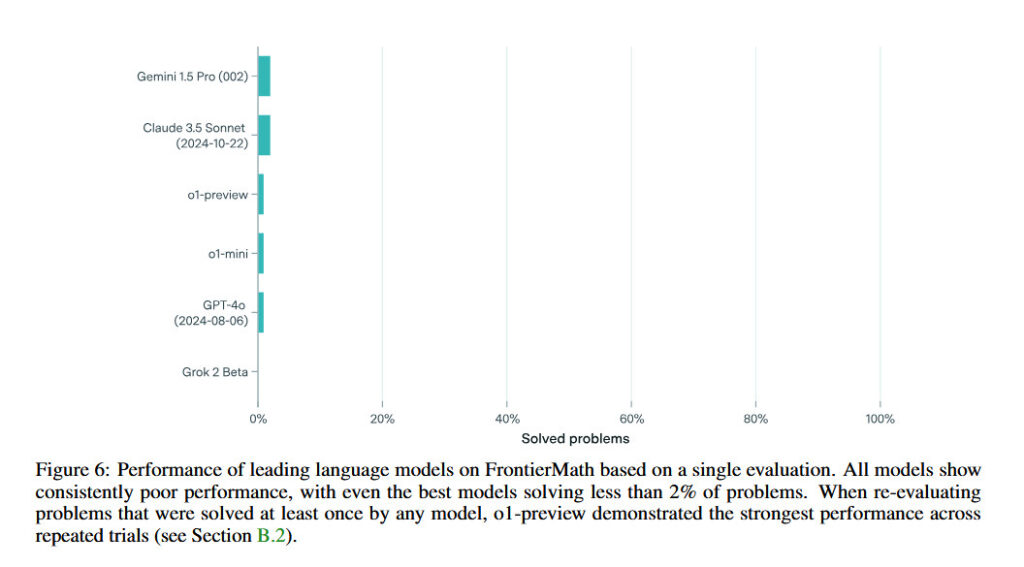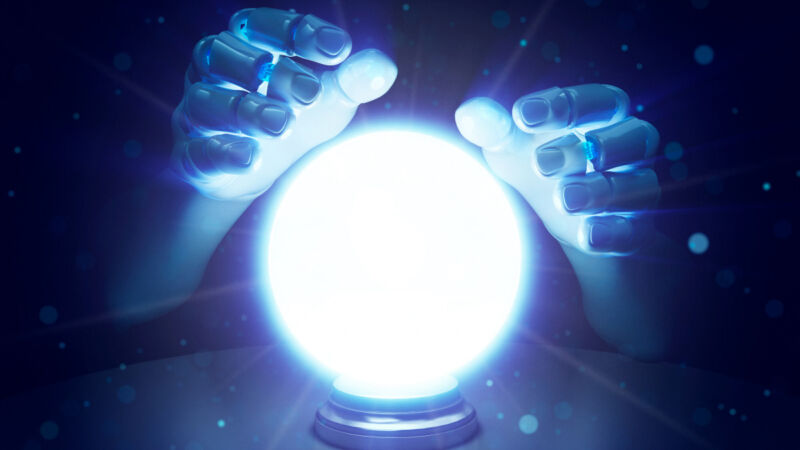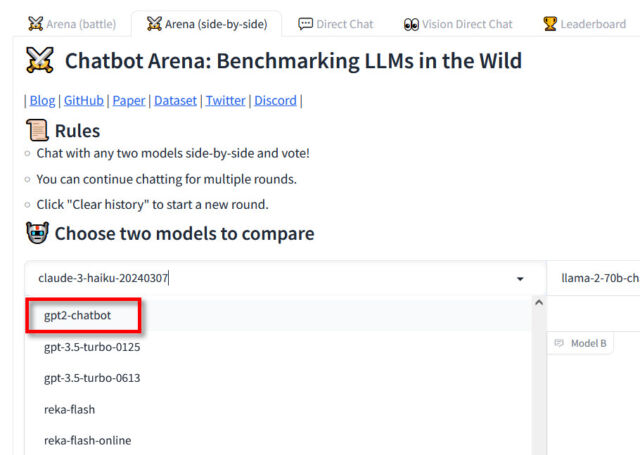OpenAI jumps gun on International Math Olympiad gold medal announcement
The early announcement has prompted Google DeepMind, which had prepared its own IMO results for the agreed-upon date, to move up its own IMO-related announcement to later today. Harmonic plans to share its results as originally scheduled on July 28.
In response to the controversy, OpenAI research scientist Noam Brown posted on X, “We weren’t in touch with IMO. I spoke with one organizer before the post to let him know. He requested we wait until after the closing ceremony ends to respect the kids, and we did.”
However, an IMO coordinator told X user Mikhail Samin that OpenAI actually announced before the closing ceremony, contradicting Brown’s claim. The coordinator called OpenAI’s actions “rude and inappropriate,” noting that OpenAI “wasn’t one of the AI companies that cooperated with the IMO on testing their models.”
Hard math since 1959
The International Mathematical Olympiad, which has been running since 1959, represents one of the most challenging tests of mathematical reasoning. More than 100 countries send six participants each, with contestants facing six proof-based problems across two 4.5-hour sessions. The problems typically require deep mathematical insight and creativity rather than raw computational power. You can see the exact problems in the 2025 Olympiad posted online.
For example, problem one asks students to imagine a triangular grid of dots (like a triangular pegboard) and figure out how to cover all the dots using exactly n straight lines. The twist is that some lines are called “sunny”—these are the lines that don’t run horizontally, vertically, or diagonally at a 45º angle. The challenge is to prove that no matter how big your triangle is, you can only ever create patterns with exactly 0, 1, or 3 sunny lines—never 2, never 4, never any other number.
The timing of the OpenAI results surprised some prediction markets, which had assigned around an 18 percent probability to any AI system winning IMO gold by 2025. However, depending on what Google says this afternoon (and what others like Harmonic may release on July 28), OpenAI may not be the only AI company to have achieved these unexpected results.
OpenAI jumps gun on International Math Olympiad gold medal announcement Read More »
